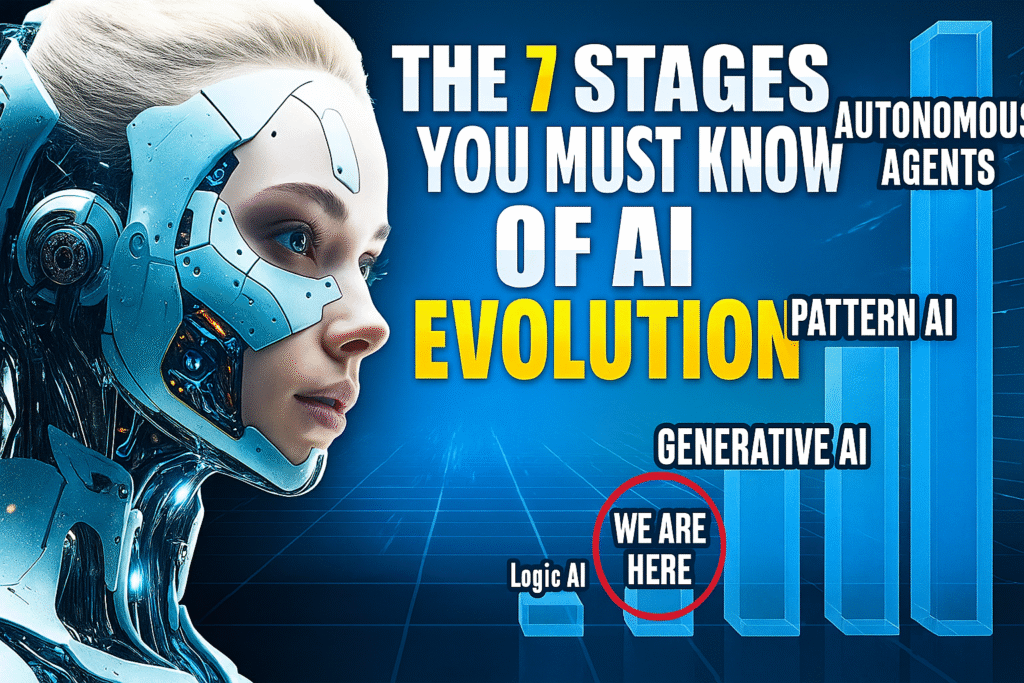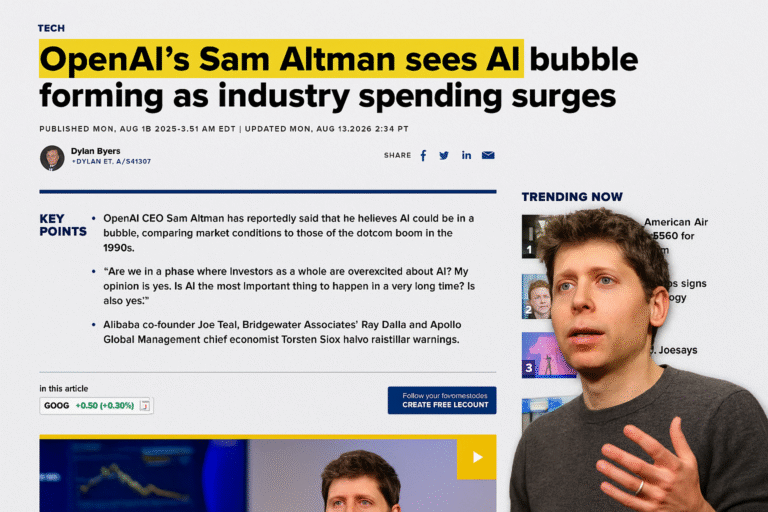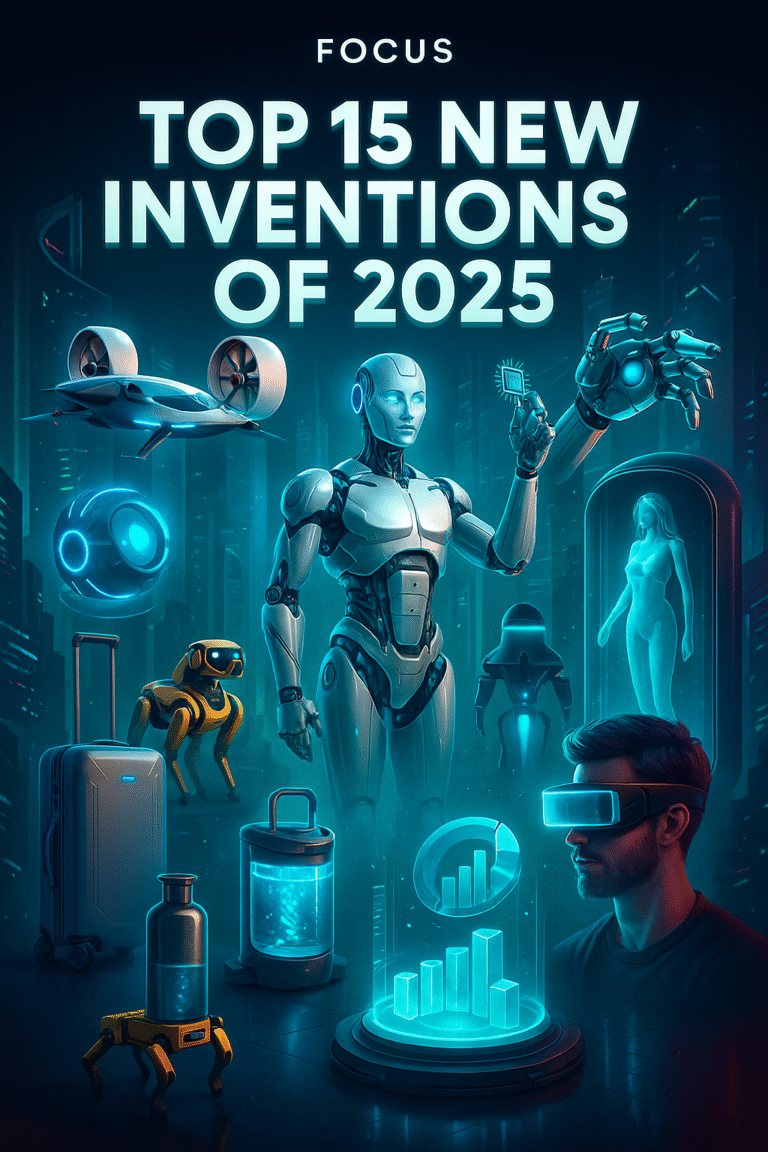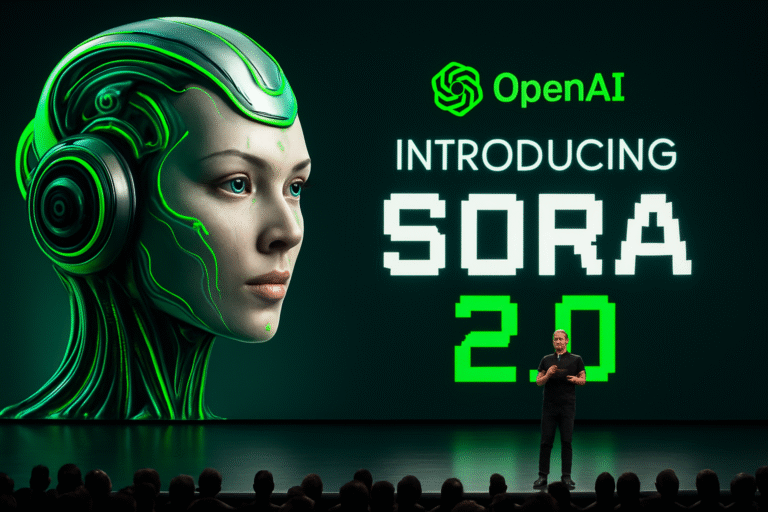
ntroduction to the Stages of Artificial Intelligence
The story of Artificial Intelligence (AI) is nothing short of extraordinary. The Artificial Intelligence didn’t begin with ChatGPT or self-driving cars. Instead, they started with something far simpler — and honestly, kind of boring — if-then rules.

Yet those early steps laid the groundwork for everything we see today, from AI art generators to autonomous agents. To truly understand where AI is going, we must first look at how it evolved, stage by stage.
Stage One: Rules-Based Systems (1950s–1980s)
The first stage of AI revolved around rules-based systems, where computers followed explicit instructions coded by humans.
- Eliza (1966): Created by Joseph Weizenbaum at MIT, Eliza mimicked a psychotherapist by rephrasing user input as questions. It wasn’t intelligent, but it tricked people into believing it was.
- Expert Systems (1980s): These attempted to mimic human experts in fields like medicine and engineering. Companies invested billions, but their brittle nature caused a collapse by the 1990s.
These systems couldn’t scale, but they taught us how to structure decision-making.
Stage Two: Machine Learning Emerges (1990s)
By the 1990s, AI took a dramatic turn. Instead of hardcoding rules, researchers taught machines to learn patterns from data.
- Spam Filters: Rather than writing endless rules, algorithms learned by analyzing thousands of emails.
- Amazon Recommendations (1990s): Collaborative filtering powered product suggestions, revolutionizing e-commerce.
- Speech Recognition (1997): Dragon Naturally Speaking offered consumers a glimpse of real-world machine learning.
Machine learning gave AI adaptability — a huge leap forward.
Stage Three: The Deep Learning Revolution (2010s)
The next stage, deep learning, gave computers a brain-like architecture.
- ImageNet (2012): Geoffrey Hinton’s team crushed the competition with deep neural networks, cutting error rates by 40%.
- Google’s Cat Experiment: Neural networks trained on YouTube images recognized cats without explicit programming.
- AlphaGo (2016): Defeated world champion Lee Sedol in Go, proving AI could handle complex reasoning.
This stage scaled AI like never before, powering Siri, Google Translate, and beyond.
Stage Four: Generative AI and Foundation Models (2018–Present)
Generative AI changed the game by producing original text, images, and even video.
- GPT Models (2019–2020): OpenAI’s GPT-2 and GPT-3 showed a single model could handle diverse tasks like translation, coding, and summarization.
- AI Art & Video: DALL·E, MidJourney, and Stable Diffusion transformed creativity, while Runway Gen-2 and Sora pushed into video generation.
- Mainstream Integration: Microsoft Copilot, Google Gemini, and Adobe Firefly embedded AI into daily workflows.
This era gave AI versatility and creativity — but also introduced problems like hallucinations.
Stage Five: Rise of Autonomous Agents (2023–Present)
If generative AI was about creating, autonomous agents are about doing.
- AutoGPT & BabyAGI: These tools could research, analyze, and generate reports with minimal human input.
- Devon (2024): Marketed as the first AI software engineer, capable of coding entire systems.
- Customer Service & Robotics: AI agents now handle real-world calls and even physical actions.
The leap from assistants to autonomous decision-makers raises new questions about responsibility and ethics.
Stage Six: The Path to Artificial General Intelligence (AGI)
Artificial General Intelligence (AGI) is the stage where AI performs a wide range of intellectual tasks at human level.
- Multimodal Models (2023–2024): Google’s Gemini and OpenAI’s GPT-5 demos hinted at reasoning across text, images, and audio.
- Debates: While some predict AGI within a decade, others argue today’s models lack reasoning and true understanding.
AGI remains a goal — but not yet reality.
Stage Seven: Artificial Superintelligence (ASI)
The final stage is Artificial Superintelligence (ASI), where machines surpass human intelligence entirely.
- Potential Benefits: Solving climate change, drug discovery, and global optimization.
- Risks: Misalignment, lack of accountability, and uncontrollable self-improvement.
- Governance: By 2024, over 20 countries signed agreements for AI safety and transparency.
ASI is still hypothetical — but the conversation has already begun.
Key Lessons from the Evolution of AI
- Rules taught us structure.
- Machine learning gave adaptability.
- Deep learning provided scale.
- Generative AI unlocked creativity.
- Agents are introducing autonomy.
- AGI and ASI remain on the horizon.
❓ Frequently Asked Questions (FAQs)
Q1. What are the main Stages of AI?
The seven stages include Rules-Based Systems, Machine Learning, Deep Learning, Generative AI, Autonomous Agents, AGI, and ASI.
Q2. Why did expert systems fail?
They were brittle and couldn’t handle scenarios outside predefined rules.
Q3. What is the difference between Machine Learning and Deep Learning?
Machine Learning learns from data, while Deep Learning uses layered neural networks to scale learning.
Q4. How is Generative AI different from previous AI?
Generative AI can produce new content (text, images, video) rather than just analyzing data.
Q5. Are we close to AGI?
Opinions vary. Some experts predict within a decade, while others believe new breakthroughs are required.
Q6. What are the risks of Artificial Superintelligence?
ASI could surpass human control, leading to alignment and governance challenges.


